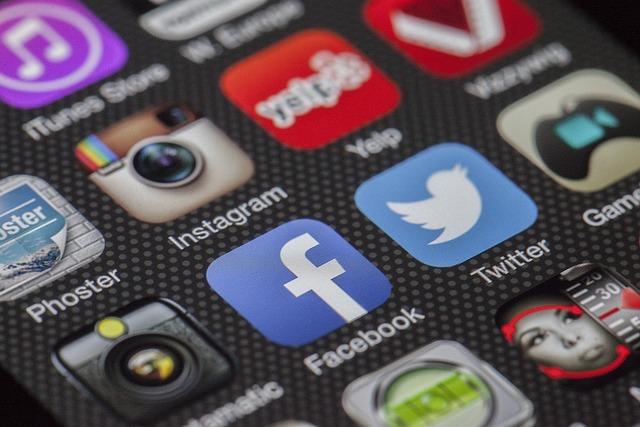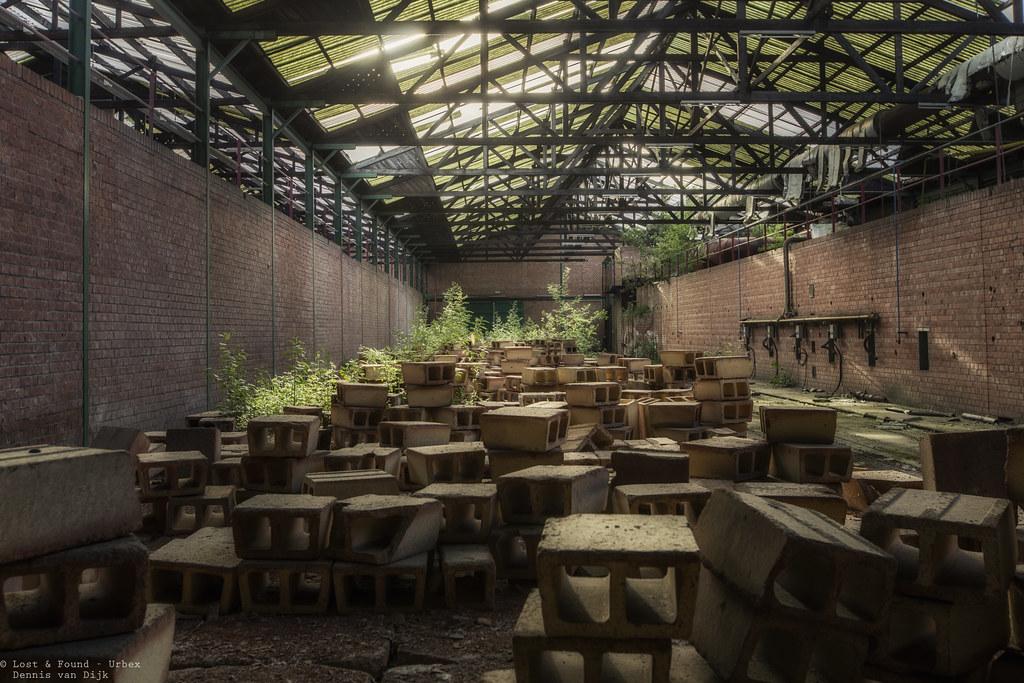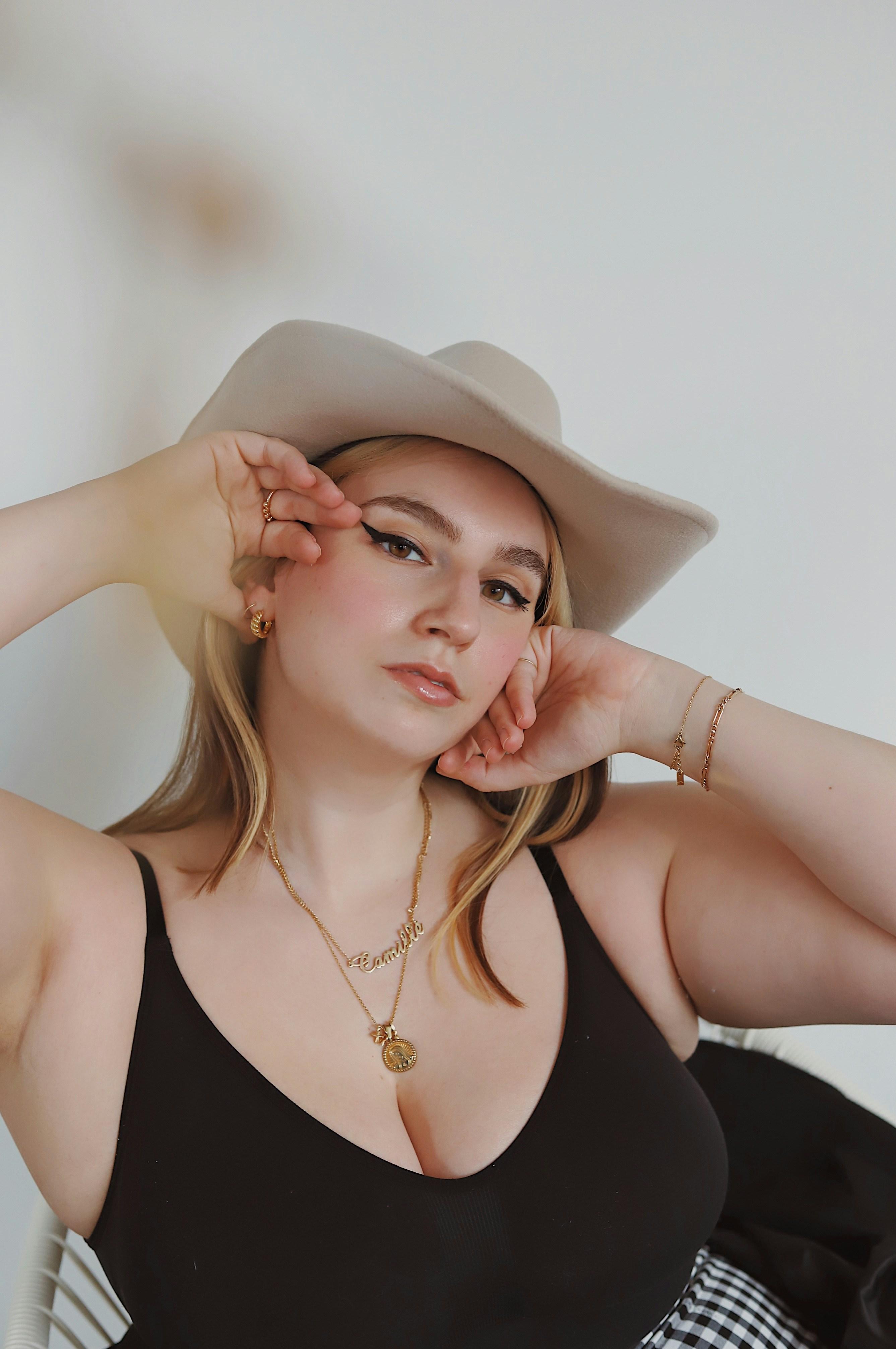Is the Beauty Industry Perpetuating Unrealistic Standards
In a world where mirrors reflect not just our faces but our deepest insecurities, the beauty industry stands as both a sanctuary and a battlefield. Its glamorous allure is undeniable, drawing us into a kaleidoscope of colors, textures, and transformations. Yet, beneath the shimmering surface lies a complex tapestry of expectations that some argue weave a narrative of unattainable perfection. This article embarks on a journey through the multifaceted realm of beauty, exploring whether the industry that promises empowerment and self-expression is, paradoxically, nurturing ideals that few can naturally attain. As we peel back the layers of this billion-dollar industry, we ask: are we being uplifted or shackled by the very standards we strive to achieve?
Chasing Perfection: The Illusion of Beauty Ideals
The beauty industry, a colossal powerhouse in the modern economy, often finds itself at the center of debates regarding the perpetuation of unrealistic standards. It offers a kaleidoscope of products and services promising the allure of youth and the mirage of flawlessness. Yet, are these ideals truly attainable, or are they a mirage that leads individuals on an endless chase? The media’s portrayal of beauty often leans heavily on digitally-altered images and heavily curated appearances, presenting an ideal that may not only be unrealistic but also unachievable for the average person.
- Digital Manipulation: With the advent of advanced photo editing tools, images are often retouched to eliminate imperfections, creating a skewed perception of reality.
- Selective Representation: The industry frequently showcases a narrow spectrum of beauty, often sidelining diverse body types, skin tones, and features.
- Influence of Social Media: Platforms amplify these standards, as influencers and celebrities share polished versions of themselves, fueling the cycle of comparison.
As consumers, it’s crucial to recognize these influences and cultivate a more inclusive and realistic understanding of beauty. Acknowledging that beauty is subjective and multifaceted can help dismantle the pressures of conforming to a singular ideal. While the beauty industry can inspire self-expression and confidence, it should also be a champion for diversity and authenticity.

The Role of Media in Shaping Beauty Narratives
The media serves as a powerful lens through which society perceives beauty, shaping and reshaping narratives with every advertisement, movie, and magazine cover. Mainstream media outlets often emphasize a narrow definition of beauty, favoring specific body types, skin tones, and facial features. This can inadvertently foster a culture of exclusivity, where only a select few feel represented or validated. The repercussions are significant, influencing self-esteem and self-worth across diverse demographics. By frequently showcasing airbrushed images and digitally enhanced models, the media contributes to an environment where natural beauty is overshadowed by unattainable ideals.
Media’s role is not solely negative, however. It has the potential to be a catalyst for change, celebrating diversity and authenticity. In recent years, there has been a growing movement within certain media sectors to embrace a broader spectrum of beauty. This shift is evident in campaigns that prioritize inclusivity, featuring models of all shapes, sizes, and backgrounds. Some key changes include:
- Highlighting models with different abilities and conditions.
- Celebrating a variety of skin tones and ethnic backgrounds.
- Promoting body positivity and acceptance of natural features.
As consumers become more aware and demand more representation, the media has an opportunity to redefine beauty standards. By doing so, it can promote a healthier, more inclusive view of beauty that empowers individuals rather than confines them.
 Self-Image and Mental Health”>
Self-Image and Mental Health”>
Unveiling the Impact on Self-Image and Mental Health
The pervasive influence of the beauty industry extends far beyond the realm of cosmetics and fashion; it seeps into the very fabric of our self-perception and mental well-being. With relentless exposure to meticulously crafted images, individuals often find themselves trapped in a cycle of comparison and inadequacy. Studies have shown that constant bombardment with idealized beauty can lead to a distorted self-image, where one’s natural appearance is viewed through a lens of perceived imperfections.
- Increased anxiety and depression due to unachievable beauty standards.
- Low self-esteem stemming from unrealistic comparisons.
- Body dysmorphia fueled by the constant pursuit of perfection.
While the industry champions innovation and creativity, it also carries the responsibility of fostering a more inclusive and diverse representation of beauty. The psychological ramifications of its influence demand a shift towards embracing authenticity and celebrating diverse forms of beauty, paving the way for a healthier relationship with self-image.
 Inclusivity: Rethinking Beauty Standards for All”>
Inclusivity: Rethinking Beauty Standards for All”>
Towards Inclusivity: Rethinking Beauty Standards for All
The beauty industry has long been a beacon of aspiration, yet it often casts a shadow with its narrow portrayal of beauty. These standards, often celebrated in media and marketing, tend to emphasize a limited set of features, leaving many feeling marginalized. While the industry’s influence is undeniable, the question remains whether it’s evolving fast enough to embrace and reflect the diversity of its audience. The stakes are high, as unrealistic beauty ideals can impact self-esteem and perpetuate stereotypes.
- Representation Matters: More brands are now showcasing diverse models in their campaigns, challenging the traditional norms.
- Inclusive Products: Expanding product lines to cater to a wider range of skin tones, hair types, and body shapes.
- Authentic Marketing: Moving towards unretouched images and authentic storytelling that resonates with real-life experiences.
- Consumer Voices: Encouraging feedback and engagement from a broad spectrum of individuals to better understand their needs.
As the dialogue around inclusivity continues to gain momentum, it’s crucial for the beauty industry to not only listen but to actively transform. Embracing a broader definition of beauty could lead to a more inclusive future where everyone sees themselves represented and celebrated.
Concluding Remarks
As we step back from the mirror and consider the reflections cast by the beauty industry, it becomes clear that the conversation surrounding beauty standards is as complex as it is vital. While the allure of transformation and self-expression is undeniable, so too is the weight of expectation and conformity. In navigating this intricate landscape, it is crucial to foster a dialogue that champions diversity, authenticity, and self-acceptance. By questioning the narratives that shape our perceptions, we open the door to a more inclusive and empowering vision of beauty. As the industry evolves, so too must our understanding, ensuring that beauty becomes a source of inspiration rather than limitation. In this ongoing journey, let us strive to redefine what it means to be beautiful—one that embraces every unique shade, shape, and story.


